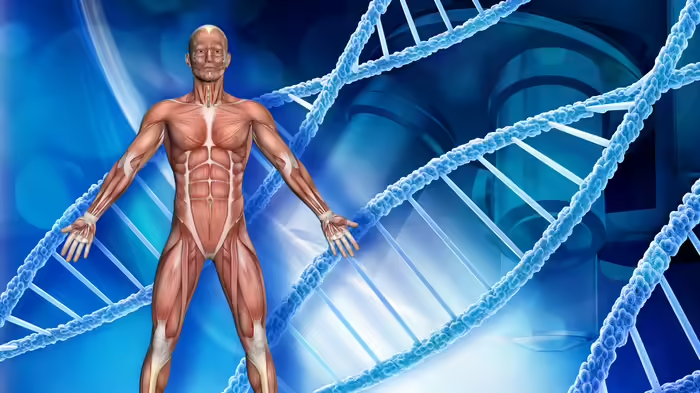
In recent trends, DNA has emerged as one of the most searched topics in biology worldwide, especially among students preparing for academic exams and competitive tests like SSC, UPSC, and banking exams. Google has dedicated special doodles to highlight DNA as one of the most important molecules of life.
Here’s everything you need to know about DNA in a concise, informative format for readers:
1. What is the full form of DNA?
DNA stands for Deoxyribonucleic Acid.
2. What is DNA?
DNA is the molecule that contains the genetic blueprint of every living organism. It determines our physical traits, behavior, and susceptibility to certain diseases.
3. Discovery of DNA
- 1869: DNA was first discovered by Friedrich Miescher.
- 1953: The double-helix structure of DNA was discovered by James Watson and Francis Crick, with crucial X-ray work by Maurice Wilkins. The trio was awarded the Nobel Prize in 1962.
4. DNA in Criminal Investigations
DNA collected from blood, hair, or skin samples at crime scenes is compared to suspect DNA, providing precise identification of perpetrators.
5. Structure of DNA
DNA forms a double helix, resembling a twisted ladder. Its two strands are made of sugar and phosphate molecules, connected by four bases: Adenine (A), Thymine (T), Guanine (G), Cytosine (C).
6. Location in the Body
DNA resides in the nucleus of cells, with roughly 3 billion base pairs in each human cell.
7. Is DNA unique for every individual?
Yes. While 99.9% of DNA is common among humans, the remaining 0.1% makes each individual genetically unique.
8. DNA in Animals and Plants
Every living organism, from humans to birds, animals, and even microorganisms, has DNA.
9. DNA Testing
DNA tests are scientific procedures used to determine identity, relationships, or involvement in crimes.
10. Sources for DNA Samples
Common sources include:
- Inner cheek (buccal swab)
- Blood, saliva, hair, or other bodily fluids
11. Post-Mortem DNA Testing
Even after death, DNA remains largely intact. Samples can be collected from blood, bones, liver, or urine, although degradation may occur over time. DNA testing can still identify individuals posthumously.
12. DNA Testing Facilities in India
- Delhi: ICAR-National Bureau of Plant Genetic Resources (NBAGR), Pusa
- Andhra Pradesh: DFCTL, Guntur
- Kerala: Export Inspection Agency (EIA), Kochi
- Punjab: Punjab Biotechnology Incubator (PBTI), Mohali
- Private Labs: Available in major cities for home and clinical testing
13. Duration of DNA Tests
- Standard paternity tests: 3–7 working days
- Advanced genetic or forensic tests: 2–3 weeks or more, depending on complexity
Takeaway:
DNA is not just a building block of life—it is the ultimate identifier, capable of confirming identity even after death. From criminal investigations to ancestry studies, understanding DNA opens a window into the hidden molecular secrets of our bodies.
📰 Headline for Print Edition:
“DNA: The Secret Molecule That Can Identify You Even After Death”
I
Discover more from SD NEWS agency
Subscribe to get the latest posts sent to your email.